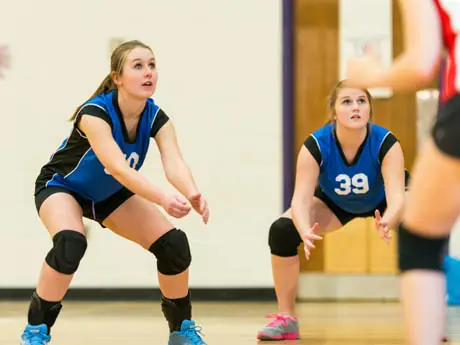
Looking down at the court, volleyball positions seem pretty self-explanatory. After winning possession of the volleyball from the opponent, all six players rotate once clockwise, moving into a new position. In youth volleyball, when every player in attendance plays in the game, this means that players rotate into the game at the center back position and rotate out after they serve.
The three front row players are allowed to block the opponent and attack the ball, spiking it across the net. Back row players play defense by digging opponent's attacks, though they can also attack by spiking, but they must stay behind the attack line, which is 10 feet from the net.
While players rotate around the positions, left front, middle front, right front, right back, middle back and left back, each of these court positions has a specific offensive and defensive role. Setters, blockers, power hitters and liberos all serve different roles on the court.
More: Volleyball Team Drills
Ever noticed more advanced setters look like they are hiding behind other players? This is because players must be in the correct rotational order before moving to the net, just after the ball is served.
Let's run through the specifics of the four main players.
Setter, Right Front
The setter is like the quarterback in football, running the team's offense by using more controlled sets to organize attacks. Usually the second touch on the ball before the final hit, setters need to be confident and understand the team's plays, acting as a coach on the court and shouting out important information to the rest of the players.
Middle Blocker, Middle Front
Usually the tallest person on the team, the middle blocker moves around the front line, defensively blocking almost every hit. Occasionally, this player will join outside hitters to double up on a block if necessary. Speed is vital in this position, so that the middle blocker can move quickly back and forth across the court to block opponents.
More: 5 Tips to be a Good Team Player
Outside Hitter, Left Front
A team's outside hitter is usually the primary attacker on the team. This player needs to have a strong control of the ball, to either set up a pass to the setter or to spike to a specific area — usually the left side — of the opponent's court. An outside hitter needs to be a good jumper, as well.
Libero, Middle Back
The libero plays a special role in team defense and stands out on the court, usually wearing an opposite colored jersey. Playing only the three back row positions before substituting back to the bench, the agile libero handles shots from the other team. A digging and passing specialist, he or she controls the ball back to setters and hitters. The libero rarely comes close to the net and is usually the shortest player on the team.
About the Author

 Find
Find 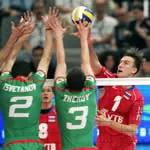
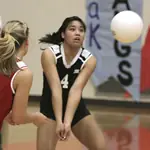
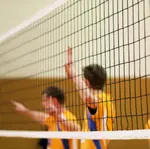
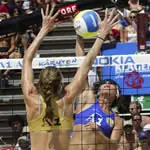
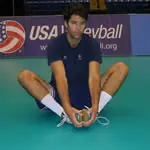
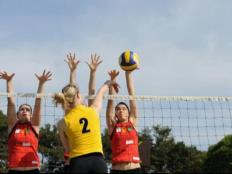

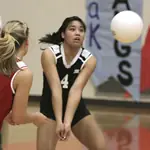
Discuss This Article